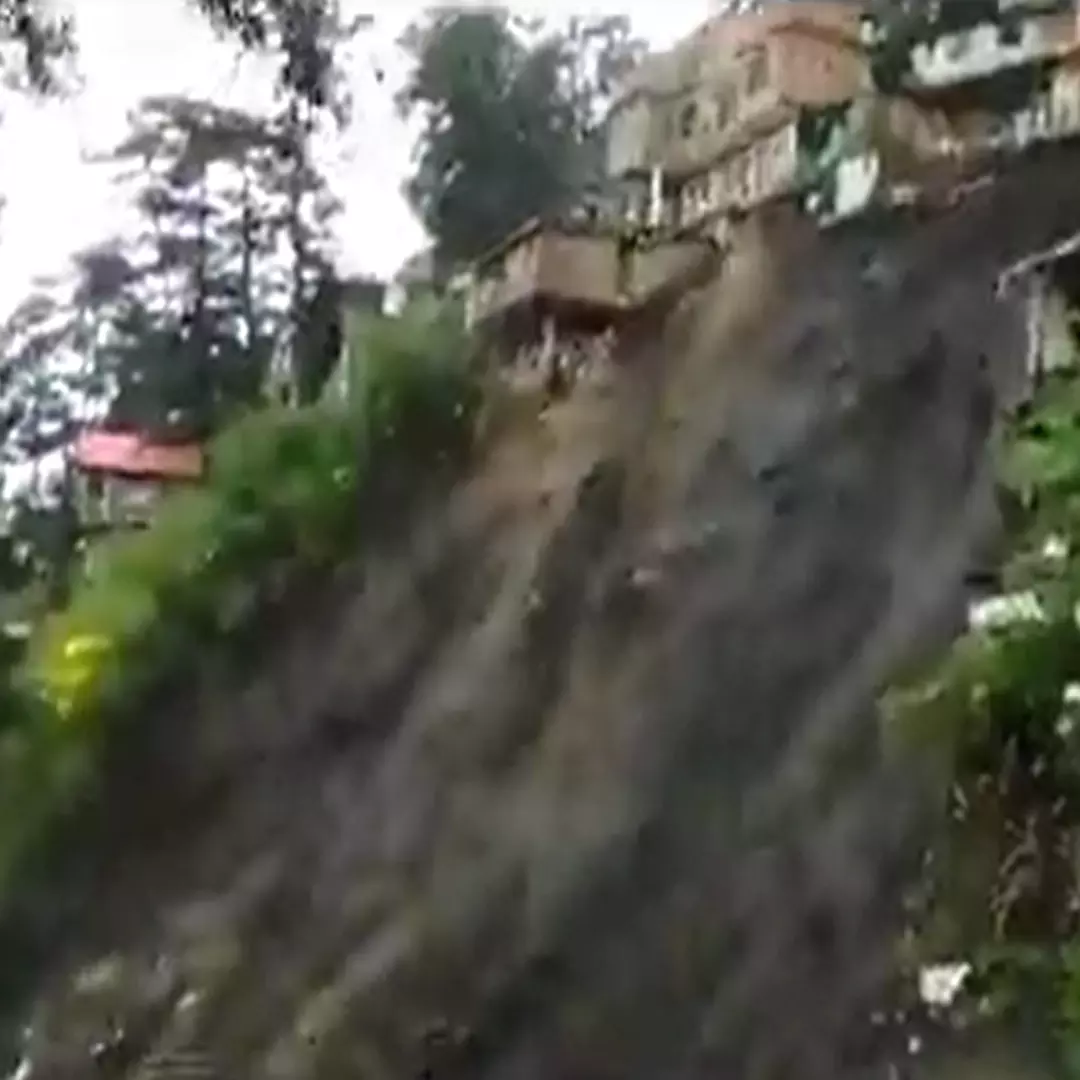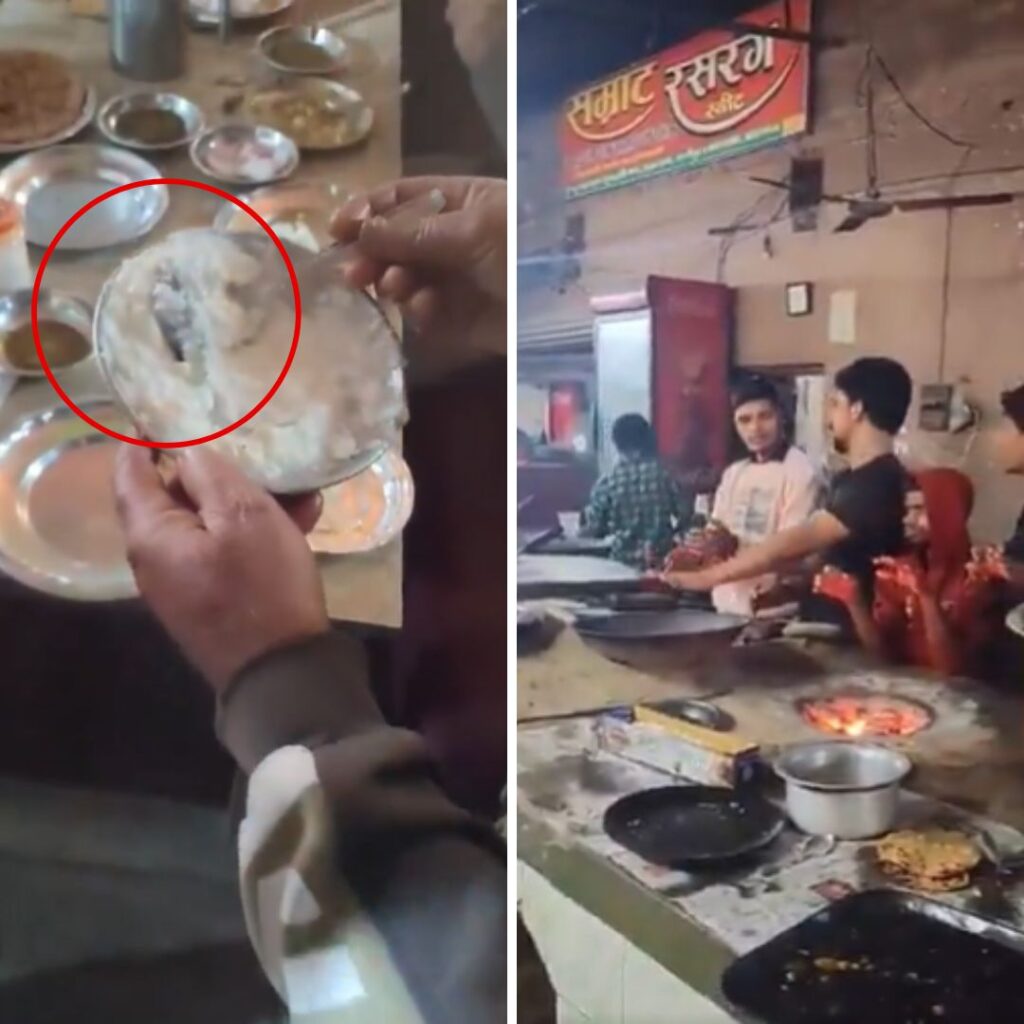The death toll caused by the relentless monsoon rains in Himachal Pradesh surged to 74 on Thursday, with rescue operations continuing amid the wreckage of a Shiva temple in Shimla and fresh casualties in Chamba.
Among the fatalities, 21 lives were claimed by three major landslides that struck Shimla, with one of them devastating the historic Shiva temple in the Summer Hill area.
In an alarming statistic, the state has experienced a staggering 113 landslides over a span of 55 days since the onset of the monsoon. These natural calamities have resulted in significant monetary losses, estimated at ₹2,491 crore for the Public Works Department (PWD) and ₹1,000 crore for the National Highways Authority of India (NHAI).
The impact of the relentless downpour extends beyond human casualties. A section of the railway tracks in Summer Hill has been washed away, leaving them suspended in the air, illustrating the extensive infrastructure damage caused by the landslides.
Addressing the situation, Himachal Pradesh Chief Minister Sukhvinder Singh Sukhu likened the task of rebuilding the damaged infrastructure to a “mountain-like challenge”, as per a report in NDTV.
Experts attribute the recurring landslides to factors such as improper construction practices in the ecologically sensitive Himalayan region, deforestation, and ill-placed structures obstructing water flow in streams.
The India Meteorological Department (IMD) has projected moderate rainfall with thunder in certain locations, along with spells of heavy rainfall in isolated spots across Shimla, Solan, Mandi, Chamba, and neighboring regions. The state endured heavy rains for three consecutive days, starting from Sunday, with precipitation tapering off after Tuesday, and light showers observed in select areas on Thursday. The toll of rain-related incidents in Himachal Pradesh since the monsoon’s arrival on June 24 stands at 217 casualties.
The catastrophic rainfall has not only wreaked havoc on infrastructure but has also shattered families. One heartrending incident involved a family of seven, spanning three generations, who lost their lives in the Shimla temple landslide.
Adding to tales of personal tragedy, the economic repercussions have been severe in the rain-battered state. Estimated at ₹10,000 crore, the damages across Himachal Pradesh paint only a partial picture of the disaster’s true cost, which has deeply affected individuals and businesses alike.
Industries vital to the state’s economy, such as tourism and the apple trade, have been hit the hardest. Taxi drivers, once earning ₹2,000 per day, now struggle with earnings as low as ₹200. The occupancy rates of hotels and guest houses have plummeted from a usual 50-60% to a meager 5%.
CM Sukhu Seeks Support
As Himachal Pradesh grapples with the aftermath of this monsoon onslaught, the road to recovery appears arduous, both in terms of rebuilding infrastructure and restoring the livelihoods of those impacted.
Himachal Pradesh Chief Minister Sukhvinder Singh Sukhu held discussions with Prime Minister Narendra Modi on Friday, providing a comprehensive overview of the significant losses incurred by the state due to the recent spell of intense rainfall.
In a statement released from Shimla, the Chief Minister conveyed to Prime Minister Modi that the state had confronted substantial losses as a result of the recent bout of heavy rains. The torrential downpours had adversely impacted key elements of infrastructure, including highways, link roads, and various schemes related to irrigation, electricity, and water supply. Public and private properties have also suffered extensive damage, further exacerbating the aftermath of the rainfall.
During the meeting, Sukhu also highlighted the adverse effects of the floods on the Larji project within the state. He sought immediate financial assistance from the Central government to facilitate relief and restoration efforts in the wake of the calamity.
Anurag Thakur, the Minister of Information & Broadcasting, underscored the immediate need for a unified approach to address the ongoing crisis in Himachal Pradesh, urging stakeholders to prioritize the preservation of lives and infrastructure over political considerations, as per a report in The Hindu Business Line.
The hill state has been grappling with fatalities and extensive damage to its infrastructure, largely attributed to incessant rains and cloudburst incidents.
Minister Thakur further said, “At this critical juncture, our primary focus must be on collective efforts to safeguard the lives, livelihoods, and infrastructure of Himachal Pradesh. Once the immediate situation stabilizes, a comprehensive analysis can be undertaken to determine the underlying causes of the state’s predicament.”
Commenting on varying statements from state government officials, Minister Thakur noted that ministers within the Himachal government have been expressing differing perspectives. He further pointed out that the catastrophe has been attributed to factors such as highways and mining. “Instead of engaging in such discourse and political posturing, our energies should be directed towards rescue operations, ensuring access to medical services, and providing essential supplies to the people of Himachal,” he emphasized.
Also Read: Global Water Scarcity: 25 Countries Face Extreme Water Stress. Numbers Expected To Rise By 2050
https://thelogicalindian.com/h-upload/2023/08/18/500x300_232892-web-50-2.webp
Trending
2023-08-18 06:39:17.0
Himachal Pradesh Rains: Death Toll Reaches 74, Damage Worth Rs 10,000 Crore Estimated











